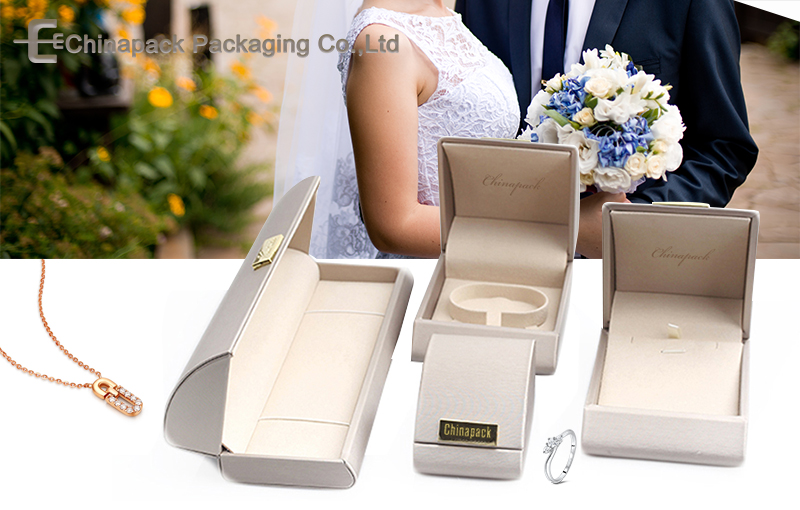Location:Home > News
Packaging knowledge
Key Considerations for Designing Jewelry Boxes: 7 Essential
Jewelry packaging plays an essential role in attracting customers and promoting a brand's image. A well-designed jewelry box not only adds value to the product but also enhances the overall shopping experience. In this article, we will discuss seven key considerations that jewelry box designers should keep in mind.
The type of jewelry: The type of jewelry to be stored in the box should be the first consideration. A box designed for rings may not be suitable for necklaces, and vice versa. The size, shape, and weight of the jewelry should also be taken into account.
Material selection: The choice of material is critical in creating a luxurious look and feel for a jewelry box. Different materials, such as paperboard, cardboard, wood, and leather, have different properties and can create different effects. It is essential to select the right material that aligns with the brand's image and target audience.
Brand identity: A jewelry box is not just a container for the product, but also an extension of the brand's identity. It should reflect the brand's values, image, and target audience. The design should be consistent with the brand's other marketing materials, such as the logo, color scheme, and overall style.
Functionality: Jewelry boxes should not only look beautiful but also be functional. The box should provide adequate protection for the jewelry during storage and transportation. The opening and closing mechanism should be easy to use, and the interior should be well-designed to accommodate different types of jewelry.
Customization options: Customization options are becoming increasingly important in creating a unique and personalized shopping experience. Designers should consider adding features such as embossing, debossing, hot stamping, or printing to allow customers to customize their jewelry boxes.
Sustainability: As consumers become more environmentally conscious, sustainable packaging has become a critical consideration. Designers should consider using materials that are recyclable, biodegradable, or made from sustainable sources.
Cost: Finally, cost is a critical consideration. While it may be tempting to go for the most luxurious materials and designs, it is essential to strike a balance between cost and quality. Designers should consider the target audience and price point of the product to ensure that the jewelry box is affordable and adds value to the product.
In conclusion, designing a jewelry box requires careful consideration of various factors, including the type of jewelry, material selection, brand identity, functionality, customization options, sustainability, and cost. By keeping these essential points in mind, designers can create a jewelry box that not only looks beautiful but also adds value to the product and enhances the overall shopping experience.





